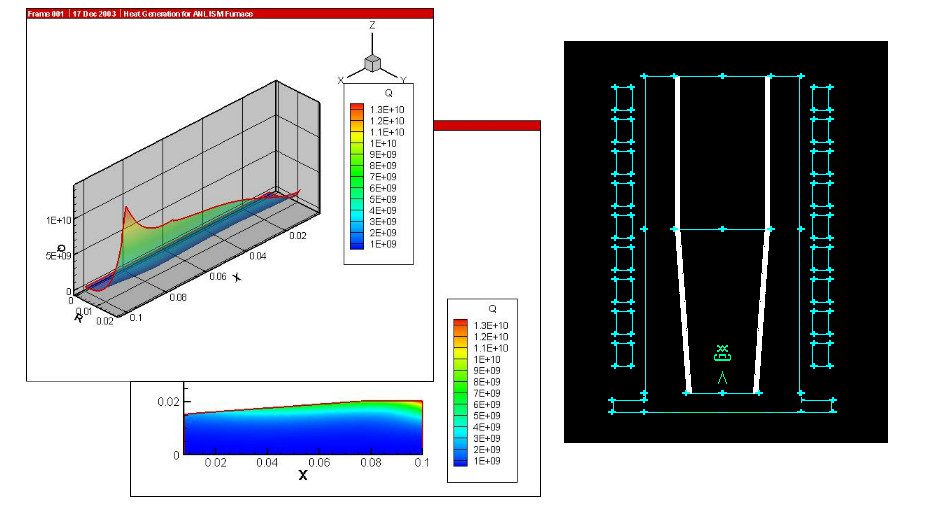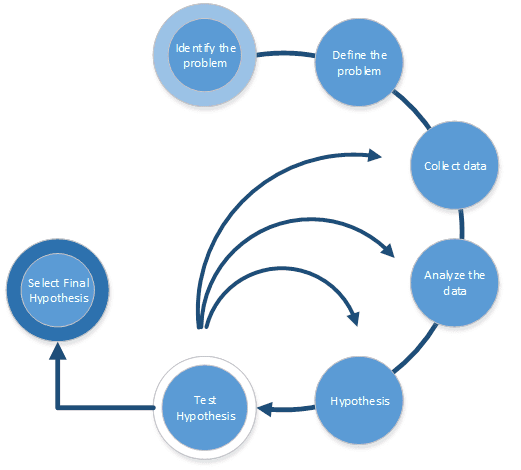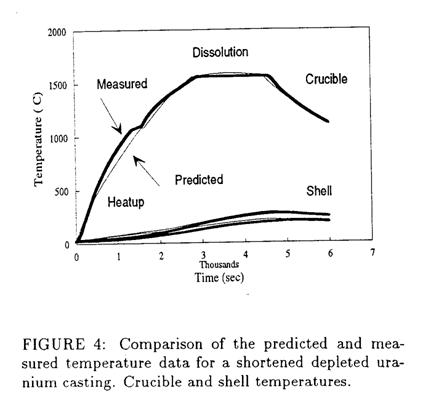Heat Transfer Expert
Heat transfer exists in many engineered systems. It might be thermal protection for a battery, it may be the transfer of energy from one fluid to another (heat exchanger), the cooling of electrical components, the melting or solidification of a solid, heating of a process liquid, the transfer of heat through the wall of a residential building, the collection of solar energy in a utility scale system, the transfer of heat during the measurement of temperature, the solidification of a molten metal during material processing, the overheating of a bearing, the melting of a seal during manufacture, etc. There are many unique applications where heat transfer plays a critical role.
As with any type of engineering analysis, before modeling the heat transfer in a system, it is critical to know what you are trying to understand.
- Does a process temperature need to be controlled to within a specified number of degrees? Or does it just need to stay below some maximum temperature and above a minimum temperature?
- What is the maximum temperature that an electronic component can operate under reliably?
- How high of temperatures are anticipated? Does radiation heat transfer have to be considered?
- How does fluid flow impact the heat transfer? Is the flow controlled via a pump, or does cooling occur due to natural convection?
- Is it adequate to estimate the heat transfer coefficients? Or, do they need to be calculated with a detailed computational fluid dynamics (CFD) package?
- Is the heat transfer the result of turbulent or laminar flow?
- Does the rate of heat transfer change over time?
- Are you concerned with only the maximum or minimum temperatures – the worst case extremes? Or do you need to know the temperature as a function of time in order for the process to work properly?
- Does the heat transfer take place inside a controlled environment?
- Does the heat transfer take place outdoors? How much of a solar load needs to be considered as part of the heat transfer?
No matter the type of heat transfer, we have experience with it. We have analyzed convective, conductive, and radiative heat transfer modes as well as single-phase or multi-phase systems.
One example of creative solutions was that analysis of stress levels within a brazed plate finned heat exchanger. Dr. Clarksean worked with an industrial client to develop a novel technique to analyze thermal stress levels in brazed plate finned heat exchangers. This modeling approach allowed the client to look at the thermal gradients within the heat exchangers, transfer that thermal data into a finite element package, and to then predict areas of high stress due to operational conditions. Some of these systems had 15 or more fluid streams and some were the size of a semi-trailer.
So if you are looking for heat transfer experts in the analysis of engineering systems, contact us today to schedule a time to discuss your needs.





